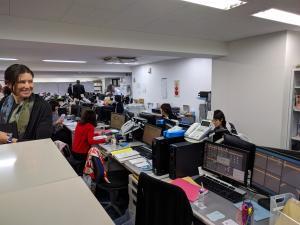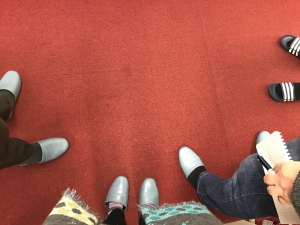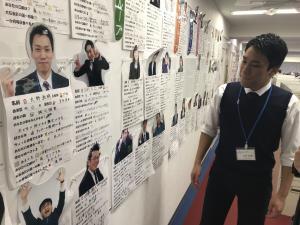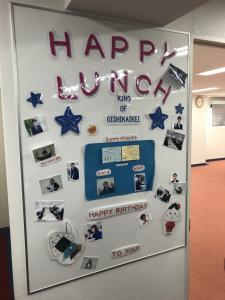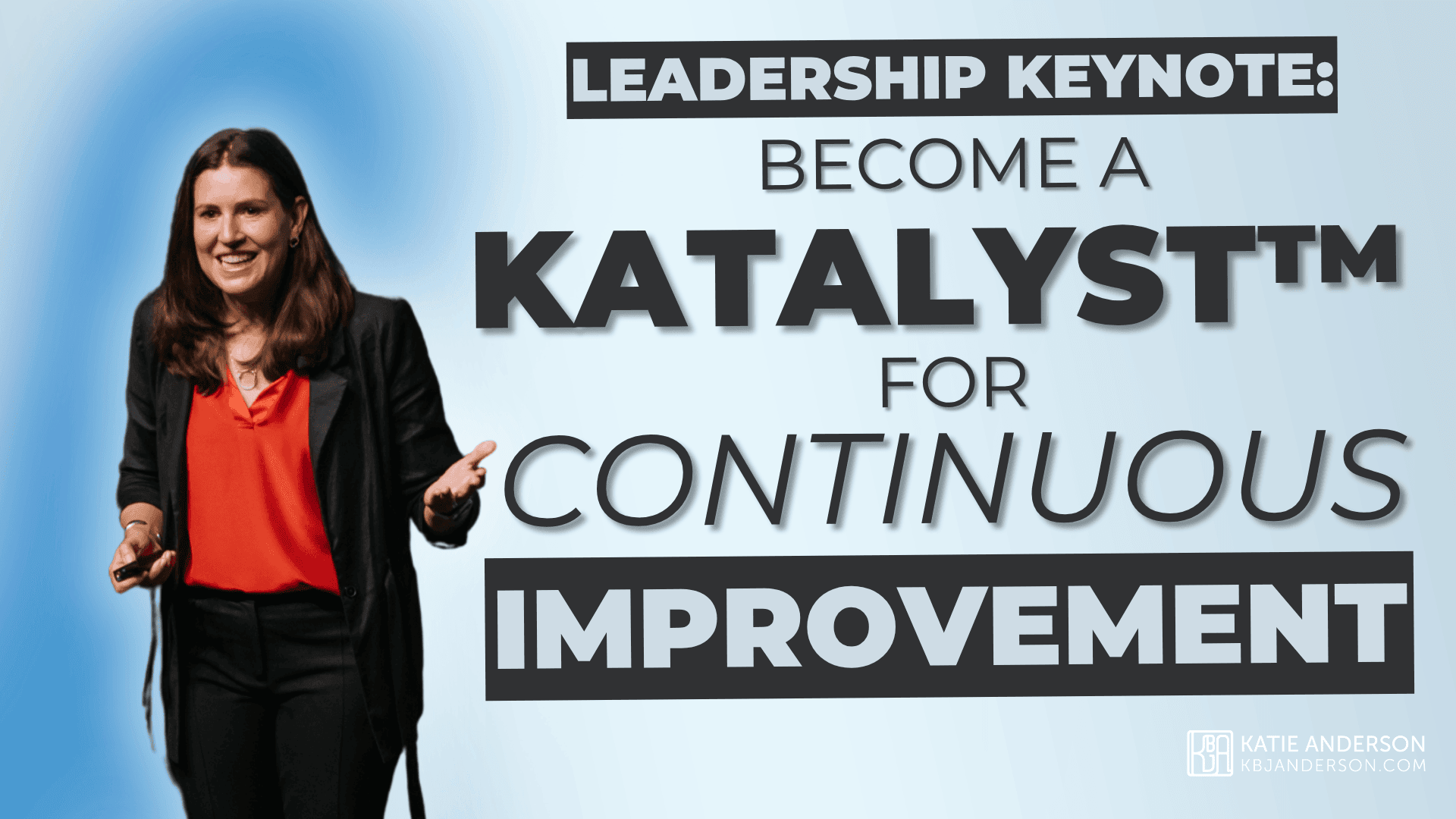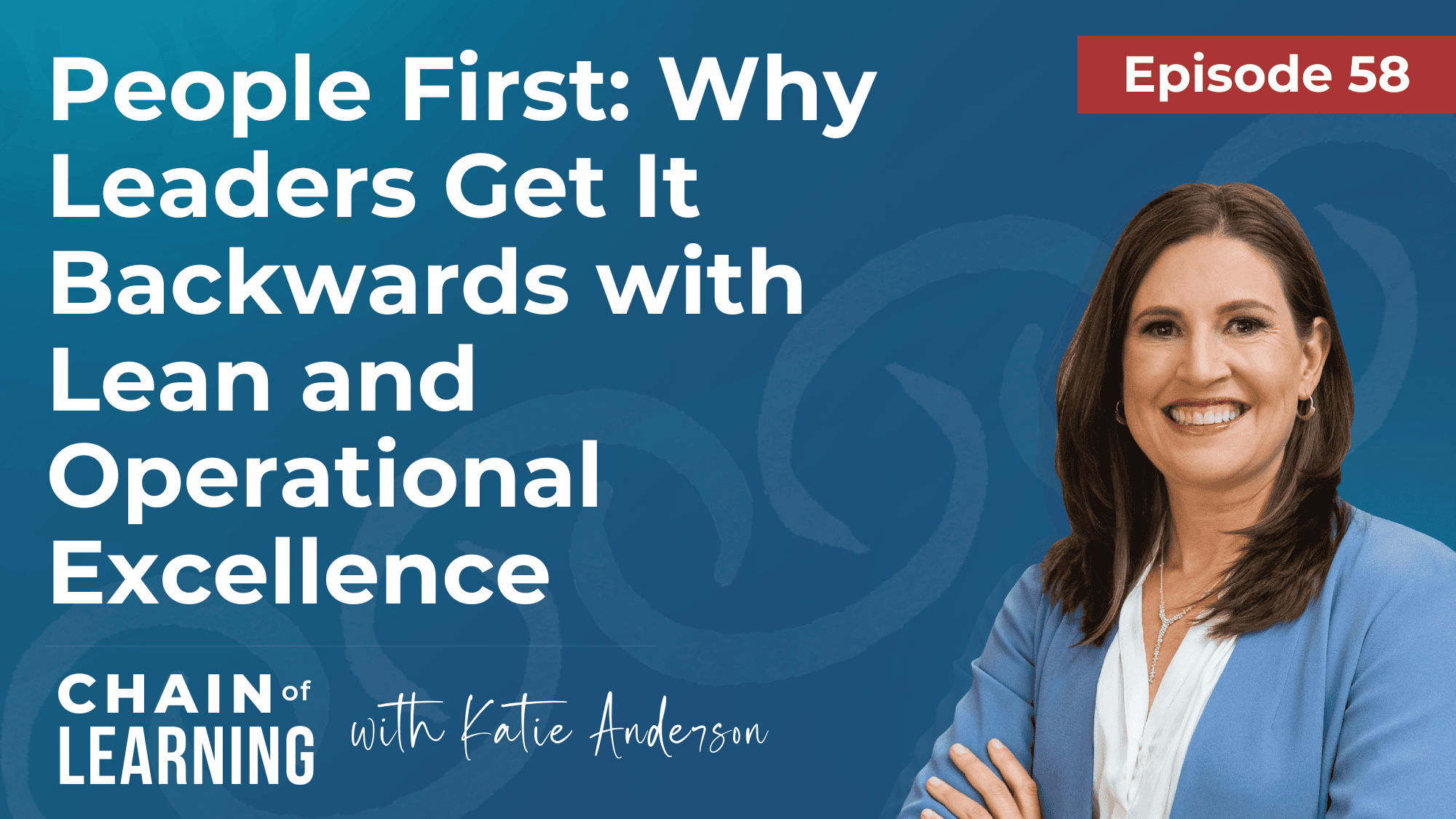How does an accounting company inspire an energized culture where people are excited to go to work every day and provide excellent customer service?
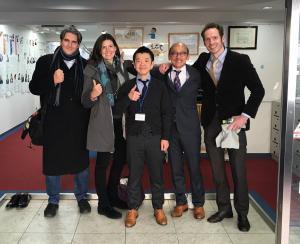
I bet many of you don’t associate the words accounting and energized/excited together. Neither did this Japanese accounting firm, until the leaders decided a cultural change was needed 10 year ago.
Visit to Oishi Accounting in Tokyo
When I was in Japan four months ago, my friend and fellow Lean consultant Tim Wolput invited me and Christoph Roser, a professor and author of the blog “All About Lean”, to join him for a visit to Oishi Accounting in Tokyo to participant in their morning meeting and learn just how the company has tranformed its culture over the past 10 years.
As I’m heading back to Japan in 48 hours to lead an executive learning trip about kaizen, omtenashi (customer services) and the Toyota Production System principles, I thought it was fitting to share one of the highlights of my last visit to Japan in January 2018.
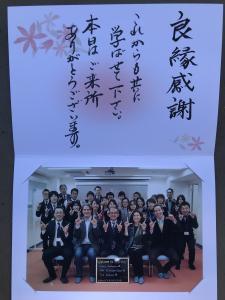
But first, a bit of a back story
Tim and I met two years ago right as I was moving back to California after 18 months living in Tokyo. Since then, we’ve gotten together every trip I’ve made to Japan to talk – or even better, to go to gemba to learn.
You can read about a few of my experiences with Tim including a Tokyo Government Ward Office and a restaurant chain.
Christoph Roser and I have mutually been following each others’ blogs for a few years now (ever since we both wrote about the spectrum of Japanese bathrooms and toilets). Christoph was in Japan for a multi-month sabbatical and it happened that the final month coincided with my trip to Japan in January. So we finally got to meet up in person too!
Unusual train delays nearly waylaid us
Getting to Oishi on a Friday morning from my hotel was about an hour’s journey on the Tokyo metro system. We were meeting Tim about 8am, so it was an early start!
And for the first time I’d ever experienced, there were significant delays on the train. I was sitting there trying to understand what was being said over the loudspeaker, but to no avail.
Christoph and I, having never met, were texting back and forth trying to decide what to do (speaking on trains is a no-no). Ultimately our trains were delayed by nearly 45 minutes, but Tim was able to contact the company and we were able to make it just in time.
Chorei – start-up / morning meetings in Japan
I’ve written about the use of “chorei” in Japanese companies as a method to bring staff together:
A typical Japanese business “morning meeting” includes a welcome by the leader, greetings, recitation of the company motto, brief report by each section leader on the prior day and plan for today, some information shared, and an inspirational closing by the leader. Meetings last 10-15 minutes and are held at a regular time every day.
Like the izakaya restaurant that Tim took me to a year ago that has a much more invigorating chorei, Oishi accounting does as well.
Oishi Accounting’s start-up meeting chorei
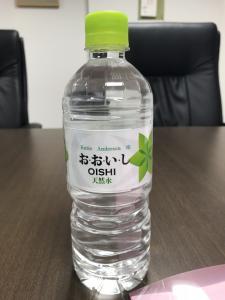 When we arrived at Oishi, we were warmly greeted and escorted to a conference room, of course after changing our outdoor shoes into indoor slippers (all much too small for our tall Belgian, German and American feet).
When we arrived at Oishi, we were warmly greeted and escorted to a conference room, of course after changing our outdoor shoes into indoor slippers (all much too small for our tall Belgian, German and American feet).
In the conference room we each had a specially made bottle of water with our name on it! They told us that this is how they greet all visitors – including customer and vendors – to their offices as a way of showing gratitude. This is what “omotenashi” or Japanese customer service is all about!
We were given an overview of the components of the morning chorei, including some time to practice as we would be asked to participate as well, which is always a bit awkward for me because I can’t really follow along very well what is happening in Japanese!
Their chorei typically lasts 30-40 minutes with everyone in the company standing around in a circle and includes these standard components. What I’ve captured below are from my notes of Tim’s translation of the explanation of the chorei.
Oishi Accounting’s standard chorei components:
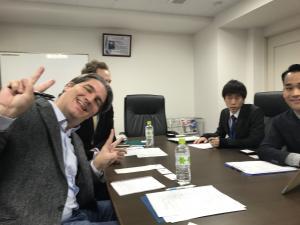
- Morning greetings
- Checking on your appearance – turn to someone next to you and make sure that their clothes are in order. Then do “happy gymnastics” (framing your face with your fingers in “V”, kicking one foot out and smiling).
- “Principles for action” – the leader recites the key prinicples of the company and the staff chants them back
- Practice greetings – practice key greetings (hello, good morning, thank you) three times with enthusiasm
- Key notifications and updates – anyone with an important update shares it with the group. The team chants “hai” (“yes”) after the update to indicate that they heard it.
- Recitation of an old text – everyone in the company has to memorize a long passage from an old text within the first month of their employment. Staff are chosen at random each day to recite

What the office looks like – open floor space and many desks. Photo credit: Christoph Roser the text from memory….! It was a really long text!
- Praise and thank yous – any thank yous received from customers are shared
- Guests are introduced and expected guests/visitors are announced
- Checklist of the day – a leader goes through a checklist of the important tasks that need to be done that day
- Timesheets – information about timesheets is shared (my notes are not clear on this one)
- 2 minute speech – A different person each day is chosen to give a 2 minutes speech about a reflection of someone in the company (I’m not clear on this either…). The purpose is for employees to be able to connect the company to themselves.
- CEO speech – CEO talks on a topic of his choosing
- “Happy speech” – a small toy is thrown around the circle and the person who catches it must share something that made them happy in the past 24 hours. The goal is about creating a positive mindset.
- “Home home” or “shower of praise” – once a week a name is chosen out of a basket to be the recipient of praise. Everyone goes around the circle and shares something nice about the person. The praised person often gets emotional to receive so many compliments or positive messages at one time.
- “#1 Declaration” – each employee chooses the one thing that she or he wants to be the #1 in Japan. This goal is put on their business cards too. During the chorei, they go quickly through the circle and share what their #1 aspiration is, while the rest of the group repeats “onegaishimasu” (“please”) at the end of each person’s goal.
Participating in the chorei
We got to view the chorei and participate too. Christoph and I had forgotten to ask if photos or video was okay, so we abstained from capturing any images during the chorei.
Tim has put together a video from a previous visit to Oishi Accounting – check out the video to see a bit of what the chorei experience was like.

Culture change towards better customer service and engaged people
After the chorei was over, we had a chance to talk with the CEO and several other staff about how they have created the culture of Oishi to be considered “a great place to work”. We got a tour of the office to learn how the company uses visualization to emphasize and track employee engagement and intiatives. Here are a few things that I learned through our discussion.
Changing culture takes vision and leadership
The CEO explained that 10 years ago he decided that a change in company culture was needed. He had a vision for what he wished the company could be like.
Lack of respect of staff or customers
He had joined the company after working at a bank where he felt like there were higher levels of customer service. In contract, at the accounting firm, people acted like “experts” where customers looked up to them and the “experts” could treat the customers poorly.
Also, like many typical Japanese companies, some people were working themselves to a bad state of health (or even to death) working over 100 hours per week.
New vision and implementation
To make the cultural change, the CEO decided to bring in the new chorei (though it has evolved over the past 10 years) and the visual system described below that highlighted what he considered important to develop the culture where customers and people are considered #1.
The CEO wrote up his plan for the new vision of the company on paper and shared it with the staff. He saw this as the first step in making his intentions serious, and to also engage the staff.
At first, some staff were not able to follow the new culture, and left the company. In the new culture, it wasn’t just good enough to be good with numbers, but also now needed to have customer service, great smiles, and a positive attitude.
Better working hours
Over time the company has grown from 10 employees to over 40 employees now, and is considered a “Great Place to Work”. Employees typically work ~200 hours a month, with a typical day being from 8:50am-5:50pm.
Equal treatment of men and women
He also explained that men and women are treated equally (unlike many businesses still in Japan – see some of my previous articles that I wrote about this situation from when I lived in Japan), though they allow women to work part-time if they want due to the Japanese societal expectations of women as the primary caretakers of children and the limited support for families with two working parents.
Cleaning together
Every Wednesday the entire company takes time out of the day to clean the office to “create a nice environment”. Cleaning together is one of the “fundamentals of being a professional”.
This reminds me of the cleaning process that Japanese children learn starting in preschool and elementary school about keeping their environments and communities clean. (Note, on our study trip next week we’ll be visiting an elementary school to witness their school lunch and cleaning up – I’ll write more about it in a future post).
Know your team
Every staff member takes a “fun” photo and shares information about themselves on a large bulletin board so that everyone can know each other more than just who they are at work.
Read to learn and be engaged with the world
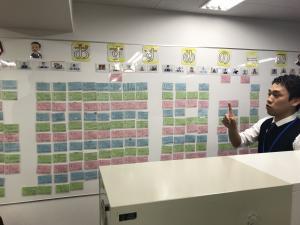
Each month staff are encouraged to read a new book of their choosing – fiction or non-fiction.
Thank yous and appreciation
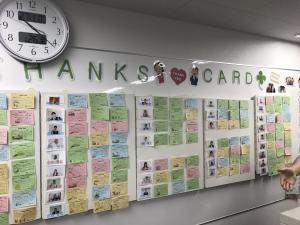
Written thank yous are on the wall for staff to share appreciation with one another. The CEO described how in Japanese culture it can be difficult to share verbally thanks and appreciation, which is why he put up the board and also started incorporating praise into the chorei.
Every month, the staff selects the #1 and #2 thank you, which is presented at a staff lunch called “happy lunch”.
Staying fit together
Staying physically fit is important to the CEO. The company has set a target of completion of a marathon as a compulsory goal for all the males and a voluntary goal for the females (some have chosen a half marathon). Training is tracked on the wall.
What do you think?
What do you think about how this Japanese accounting firm has changed its culture to be one where staff are engaged and committed to customer service?
How do you think a start-up meeting like this would work in your office environment? Perhaps not all components would be the right fit (I’m not sure how the recitation of a long passage would go over in most companies that I know), but I like the focus on brining people together in a positive spirit and the focus on creating a culture of respect, engagement and joy. One couldn’t help but leave the visit with a smile.
Also, like many companies I’ve visited in Japan – such as this company with “no rules” and the companies in the town of Ashikaga – the core focus on respect for people and revitalization is what sets their company cultures apart. They may not be Toyota or have what we would consider a Lean management system, but there is a lot that we can learn from how people are engaged and supported in delivering excellent customer service and value. Isn’t that what Lean thinking and practice is ultimate is all about?
Follow me on Twitter
I leave for Japan in two days and will be sharing real-time insights via my Twitter account: @kbjanderson


